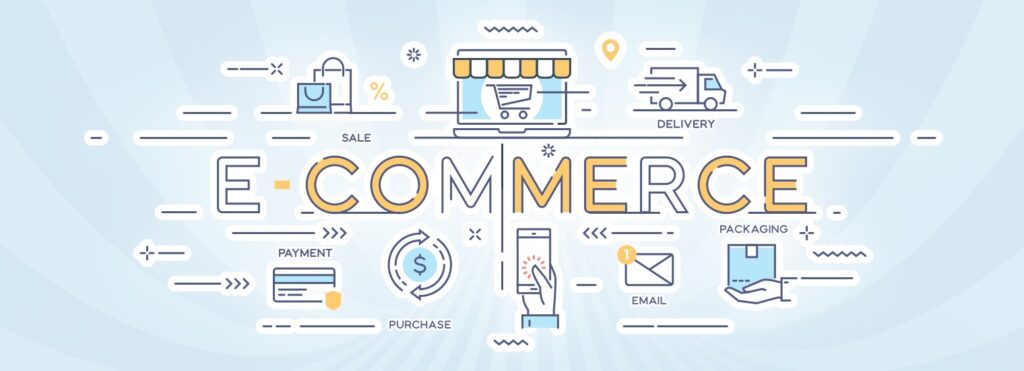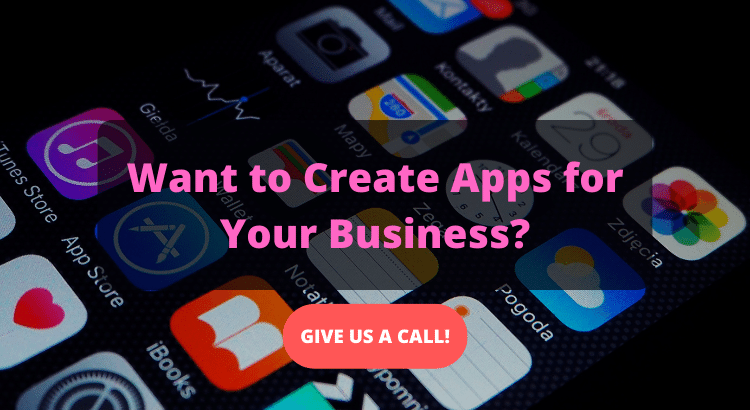The success of ecommerce has developed a wide variety of ecommerce business models. It is reported that there will be a 385% growth in ecommerce sales by the end of the decade. If you don’t grasp the basics, your profits will eventually stagnate, and it is easy to get carried away in the hype.
Intuition, market knowledge, a well-thought-out business plan, and a thorough investigation of potential technologies and business models are necessary for a successful ecommerce marketplace. Many people would like to start their own online business, but they have no idea where to start or what kind of online solutions are out there. This is a beginner’s guide to understanding ecommerce business model and the ways to get profits out of it.
What is a Business Model?
A company’s business model is its primary framework for conducting operations in a profitable manner and offering value to customers. The value proposition to customers and the price strategy can be understood through the characteristics of a strong business model. What the company sells, who buys it, and how much it expects to spend in the future are all laid out in this document.
Even well-established companies can’t function without a solid business model. They help businesses learn more about their customers, inspire their workforce, bring in capital, and give them a competitive edge in the industry. Choosing the best ecommerce business model will help to shoot your business to profitability.

Different types of Ecommerce Business Model
Business-to-Business (B2B)
The primary goal of a business-to-business (or B2B) model is the distribution of goods between companies. Many companies in this sector are service providers, but the term also encompasses software developers, office furniture manufacturers, document hosting services suppliers, and many more.
Retailers can expand their brands to encompass B2B sales by creating a brand specifically for their wholesale clients. A coffee company, for instance, may sell its beans directly to consumers through its website (Business-to-Consumer) and in bulk to coffee shops (Business-to-Business).
Business-to-Consumer (B2C)
Most people’s mental image of an online retailer is one operating in the business-to-consumer (B2C) market. This is the most extensive marketplace, and many of the brand names you’ll find here are also household names in other contexts. To put it simply, business-to-consumer (B2C) ecommerce transactions are the online equivalent of the classic retail storefront.
It’s likely that most ecommerce sites will operate in a business-to-consumer approach, but you might see some B2B sales if your products have broad enough product demand.
Consumer-to-Consumer (C2C)
These ecommerce websites have emerged in response to the growth of the ecommerce industry and the increasing trust consumers have in conducting business online. The launch of a business-to-consumer website required extensive preparation.
While sites like eBay and Craigslist using this ecommerce business model have proven to be highly successful, many other auction and classified sites (the primary markets for C2C) have started but failed to survive due to unsustainable business models.
Consumer-to-Business (C2B)
Consumer-to-business (C2B) firms increased as the creative economy grew in popularity. Business models in which individuals market and sell their own products to enterprises are called “consumer-to-business” models. This is the business model you would employ if you wanted to become an influencer or a professional selling their online content.
Ecommerce Revenue Models – How to Make Money from Ecommerce
Wholesale Ecommerce
If you’re rushing to get your business going or want to provide a wide selection of products, wholesale is a wonderful way. Since many different types of goods can be purchased in bulk, the possibilities presented by wholesaling are extensive. Launching a successful wholesale and warehousing business with an ecommerce business model takes a lot of initial capital. You’ll need to buy warehouse space, hire staff to manage stock and orders, and figure out how to ship products to customers.
Advantages – In most cases, buying in bulk is cheaper. When working with established names in the industry, you can rest assured that consumers will recognize them and that you won’t be spending money on a product that nobody wants. Marketing your own product or service might be aided by selling well-known brands already on the market.
Disadvantages – Many wholesale suppliers require a minimum order size before they’ll sell to you. You will have to stock and keep inventory and manage that inventory for re-ordering, however, the minimum order will vary by product and manufacturer. When you deal in other companies’ products, you must follow their guidelines, at least to some degree. Some companies restrict pricing to stop you from selling their goods at a discount.
Read more: Ridesharing Business Model: Win – Win For All
Dropshipping
Compared to other business models, drop shipping has the lowest entry cost. People who aren’t overly concerned with profit margins and would rather keep their initial outlays minimal would find this appealing. If you don’t want to deal with stocking and managing your own inventory, dropshipping is a fantastic business model for you. This eliminates the need for you to keep track of goods, find storage areas for them, or deal with packaging.
Advantages – Since you don’t buy your stock in advance, you avoid the potential loss of keeping unsold things in stock. No inventory costs mean that you can avoid what is typically a startup e-commerce business’s single largest outlay of capital.
Disadvantages – With such slim profit margins, it’s hard to compete with paid ad space; instead, you’ll need to focus on providing superior content, service, etc. When profit margins are low, high sales volume is required to turn a profit. In addition, since you are dependent on the wholesaler’s stock, there may be times when you request a shipment but are informed that the product is no longer for sale. This delay in delivery could cause the store to look unprofessional.
Subscription
With a subscription model, users pay a regular cost (often monthly or annually) to continue using the product or service. Businesses may make the most of their ongoing ties with customers through subscription models. If people still find value in your service, they’ll keep paying it.
Advantages – The ability to predict sales, stock up when necessary, and invest in the company’s growth is all made easier by tracking monthly recurring revenue. Customers that buy from you frequently provide valuable feedback that may be used to refine your offerings and keep your business successful. You can expect more stable cash flow for your startup if you get paid monthly in advance.
Disadvantages – Keeping your customers interested and involved is essential if you want them to continue paying you. The vast majority of subscription services provide regular monthly delivery of the same product or service. This may appear to be straightforward, but even a minor flaw in your system has the potential to snowball into a major headache if you aren’t prepared.
Direct-to-Consumer
Using a direct-to-consumer ecommerce business model involves selling your products straight to the end user instead of going through distributors, retailers, or even online marketplaces like Amazon. In the wake of the decline of the multichannel store model, this new business strategy is gaining ground.
Advantages – When you sell directly to consumers, you gain access to first-party data that can be used to tailor your future interactions with each buyer. There is no requirement for revenue sharing with intermediary sellers.
Disadvantages – There is no cost sharing for either shipping or storing the items. A greater initial investment is required for DTC businesses to get up and running. You need to advertise yourself if you’re a new product on the market. It also means you won’t have access to the distributor’s sales team or expertise.
Read more: How To Value A D2C Business Model? As It Gains Ground
How to choose a successful Ecommerce Business Model
Your product or niche may limit your ecommerce business model options. Your strategy will be heavily influenced by the kind of product you intend to market and sell. There are some categories into which certain products will fall by default. However, the business model you settle on will define and influence your strategic planning.
Use the many ecommerce business model examples outlined above as a springboard to develop an outline upon which you can rely. The next step is to always find new and better ways to serve your customers. Start your journey into entrepreneurship off on the right foot by avoiding one of the many frequent business blunders and witnessing the positive effects of a solid ecommerce business model early on.








